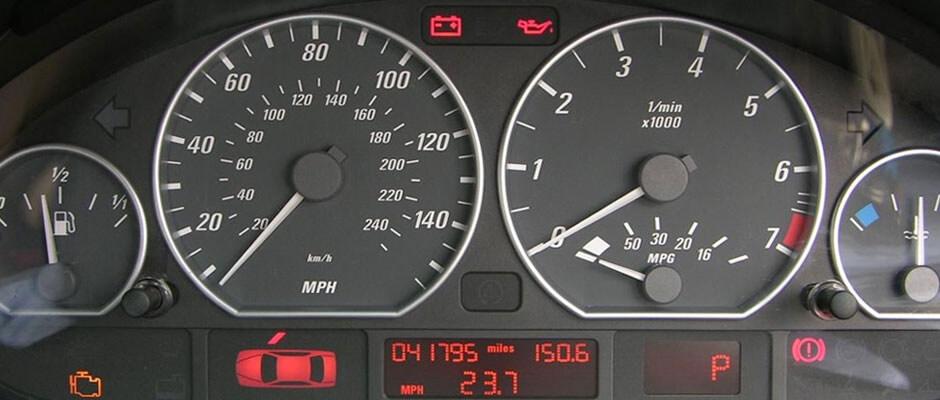I feel very fortunate not to have been a driver at the turn of the 20th century, when motoring was in its infancy and car technology was extremely basic. Most days I get in my car and expect everything to work and I get frustrated if it doesn’t. I simply wouldn’t have had the patience to drive an early car, because it could be an exhilarating but exasperating experience.
Indicators
Take indicators for example. Early indicators known as trafficators were used in some cars from the early 1900s where an arm would protrude from the body of the car to indicate its intention to turn right or left. But prior to trafficators people had to use arm signals to indicate. To indicate right, people would point their arm straight out and to indicate left they would bend it 90 degrees. It seems unfathomable today but was a reality at the turn of the century. More modern flashing indicators were introduced from the 1950s onwards, early versions of what we use today.
Headlamps
Thanks to headlamps we take it for granted that we hop in our car at any time of the day or night and have reliable light at the touch of a button. But in the early 1900s drivers didn’t have this luxury and driving at night meant using headlights which were effectively a lantern with a reflecting mirror. The light source would be focused through an opening in the lantern but the beam wasn’t particularly focused and in gusty or wet conditions the flame could be snuffed out. This was later replaced by gas-powered or acetylene lamps, but the by-product was caustic lime, which is toxic and had to be disposed of. It was a messy business and in 1912 the first car to be fitted with electric lighting was the Model 30 Cadillac.
Fuel gauges
Early cars did not have fuel gauges, so it was very easy to run out of fuel. To check fuel levels the driver would have to put a dipstick into the tank (often located under the driver’s seat, so not easy to get to) to see how much fuel was left. These days, computerised fuel gauges tell us exactly how much fuel is in our tank, with some on-board computers telling us precisely how many more miles we can drive before we run out of fuel. I’m very pleased that thanks to modern day fuel gauges I don’t have to get my hands dirty.
Power steering
And let’s not forget the joy and ease of power steering. The steering in very early cars was heavy – like an antiquated form of bicep curl.
Brakes
We rely on our brakes without even a single thought but Ford’s Model T, which started production in 1908 had no wheel brakes at all, like many early cars. Some of the earliest cars used “spoon” brakes, like those used in carriages, where the driver would use a lever system which would move a block of wood against the wheels. But when rubber tyres were invented this rudimentary braking system became redundant because it wore out the rubber too quickly.
Given the technological challenges drivers had to endure with early cars, I will think twice about complaining about my car in future.
